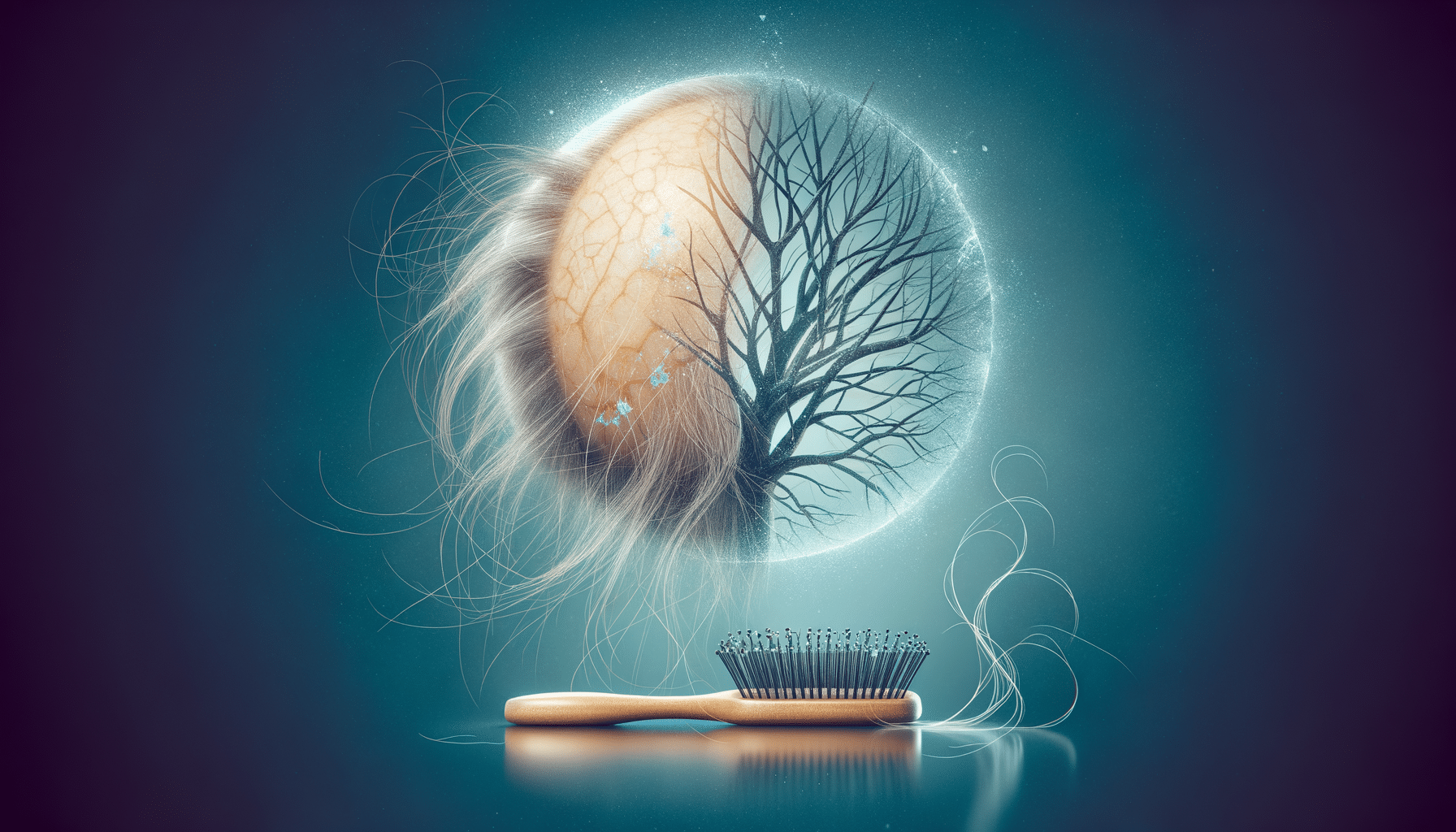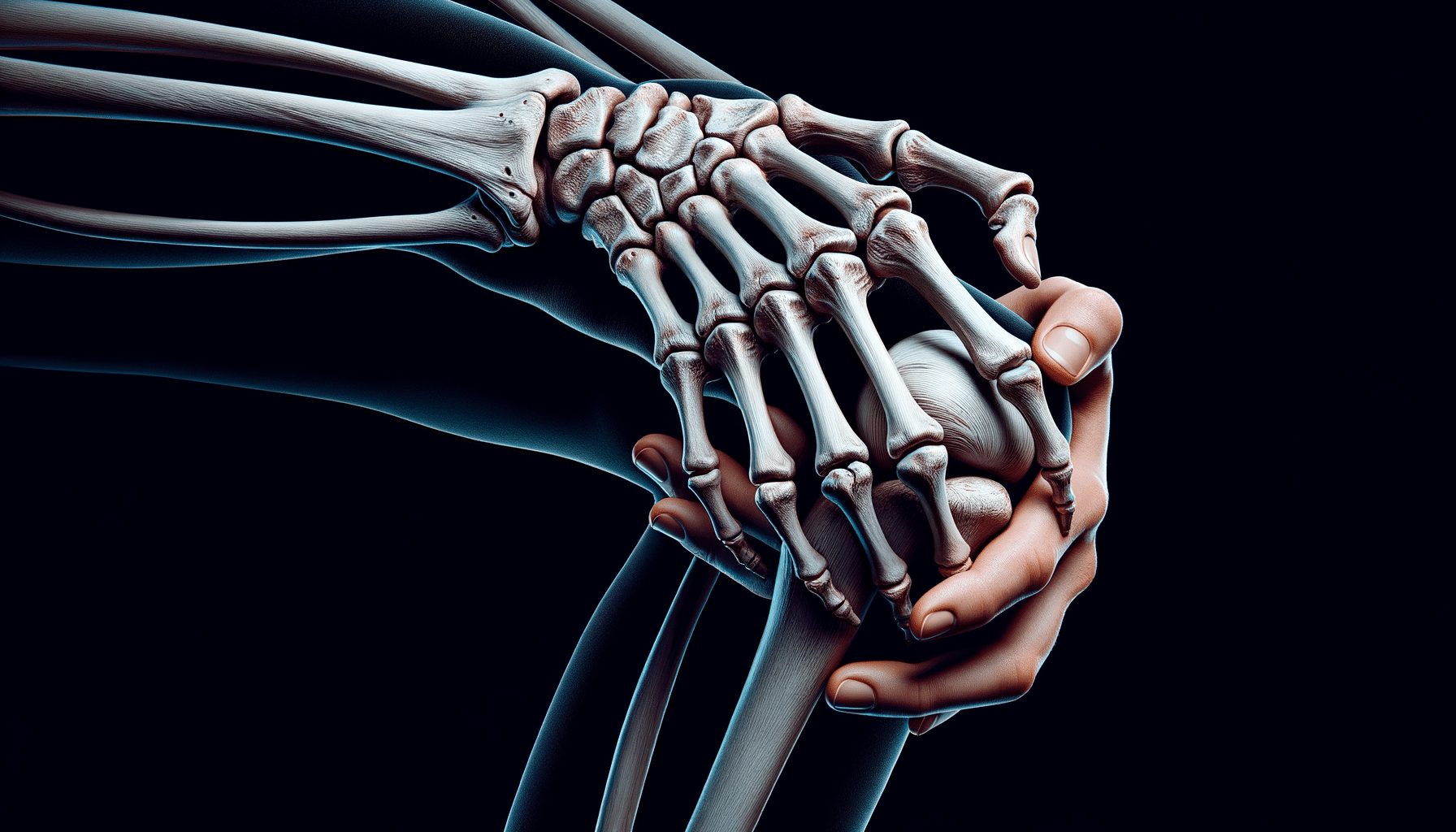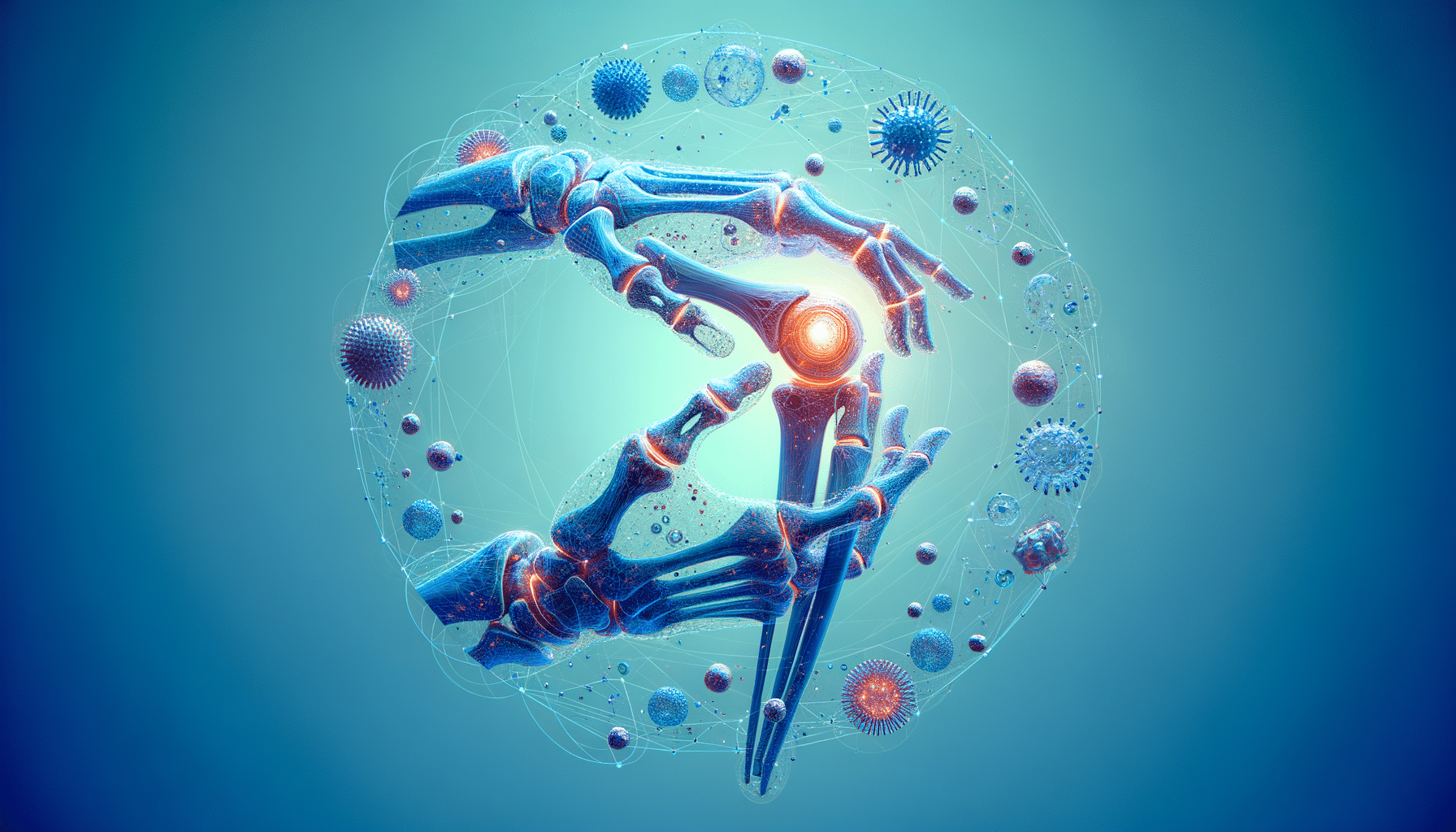
Worried about hair loss
Understanding Hair Loss
Hair loss is a common concern that affects millions of people worldwide. Understanding the causes and types of hair loss is essential for finding the right solution. Hair loss can be temporary or permanent and can occur for various reasons, including genetics, hormonal changes, medical conditions, or simply aging. The most common type of hair loss is androgenetic alopecia, also known as male or female pattern baldness. This hereditary condition affects both men and women, leading to thinning hair and receding hairlines.
Other types of hair loss include alopecia areata, an autoimmune disorder that causes patchy hair loss, and telogen effluvium, a temporary form of hair loss triggered by stress, illness, or sudden weight loss. Understanding the underlying cause of hair loss is crucial for determining the most effective treatment approach.
It’s important to note that hair loss is not always a sign of a serious health issue. However, if you are experiencing sudden or excessive hair loss, it is advisable to consult with a healthcare professional to rule out any underlying medical conditions.
Causes of Hair Loss
Hair loss can be attributed to a variety of factors, each contributing to the thinning or shedding of hair. One of the primary causes is genetics. If you have a family history of hair loss, you may be more likely to experience it yourself. Hormonal changes, such as those occurring during pregnancy, menopause, or thyroid imbalances, can also lead to hair loss.
Medical conditions, including scalp infections, autoimmune diseases, and nutritional deficiencies, play a significant role in hair health. For instance, iron deficiency anemia and vitamin D deficiency are known to contribute to hair thinning. Additionally, certain medications, such as those used for cancer, arthritis, depression, and heart problems, can have hair loss as a side effect.
Environmental factors, such as exposure to pollution, harsh hair treatments, and excessive heat styling, can weaken hair and lead to breakage. Stress is another major contributor to hair loss, with stress-induced hair loss often manifesting as telogen effluvium.
Preventive Measures and Lifestyle Changes
Preventing hair loss involves a combination of lifestyle changes and proper hair care practices. Maintaining a balanced diet rich in vitamins and minerals is essential for healthy hair growth. Foods high in protein, iron, and omega-3 fatty acids can strengthen hair and promote growth. Staying hydrated and reducing stress through activities like yoga or meditation can also have a positive impact on hair health.
It’s important to handle hair gently, avoiding excessive brushing or combing, especially when wet. Using a wide-toothed comb can minimize breakage. Limiting the use of heat styling tools and harsh chemical treatments can prevent damage to hair follicles.
Regular scalp massages can improve blood circulation to the hair follicles, promoting hair growth. Additionally, using hair products that are free from sulfates and parabens can help maintain scalp health and prevent hair loss.
Treatment Options for Hair Loss
For those experiencing hair loss, several treatment options are available, ranging from topical treatments to surgical interventions. Topical treatments, such as minoxidil, are applied directly to the scalp and can help stimulate hair growth. Oral medications, like finasteride, are another option for addressing hair loss, particularly in men.
For more severe cases, surgical options such as hair transplants or scalp reduction surgery may be considered. These procedures involve relocating hair follicles from one part of the scalp to another, providing a more permanent solution to hair loss.
Non-surgical treatments, such as laser therapy and platelet-rich plasma (PRP) therapy, are also gaining popularity. These treatments aim to stimulate hair growth by enhancing blood flow to the scalp and promoting cell regeneration.
It is important to consult with a healthcare professional or a dermatologist to determine the most suitable treatment option based on the specific cause and severity of hair loss.
Embracing Change and Building Confidence
While hair loss can be distressing, it is important to embrace change and focus on building confidence. Many people find that adopting a positive mindset and accepting their appearance helps in coping with hair loss. Exploring different hairstyles, hats, or wigs can provide a sense of style and confidence.
Support groups and online communities can offer a platform for sharing experiences and finding encouragement from others facing similar challenges. Speaking openly about hair loss with friends and family can also alleviate feelings of isolation and foster understanding.
Ultimately, embracing one’s unique appearance and focusing on overall health and well-being can lead to a more positive outlook on life, regardless of hair loss. Remember, hair does not define your worth, and confidence comes from within.


